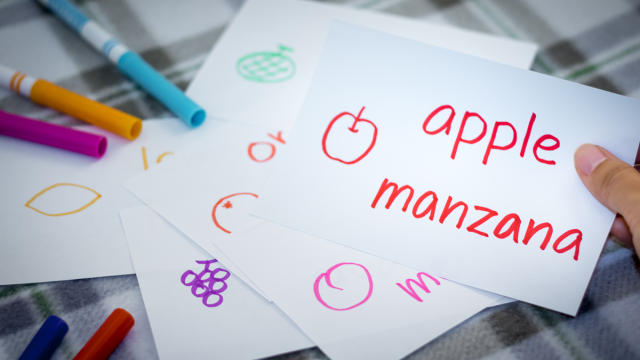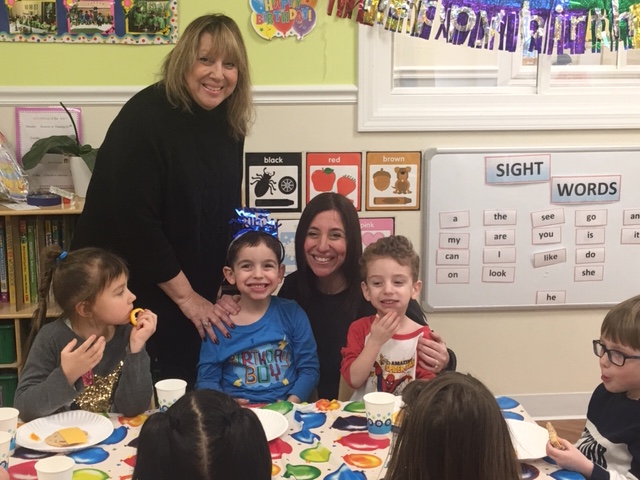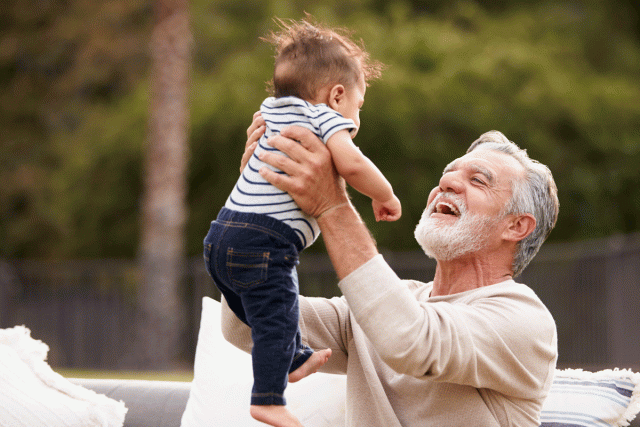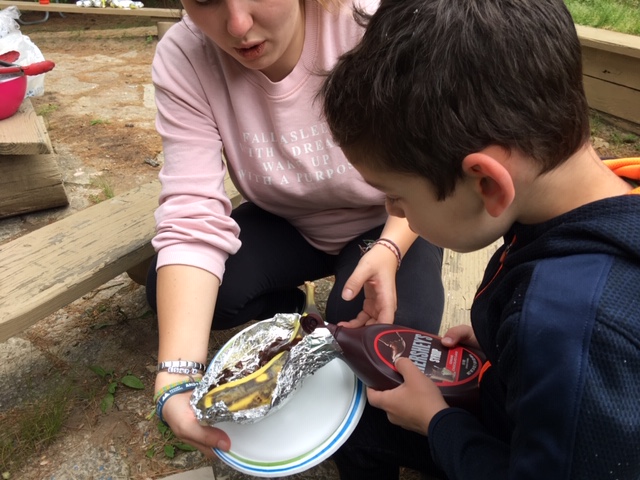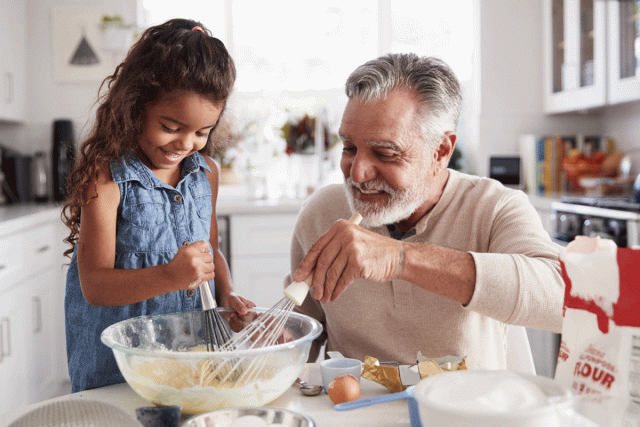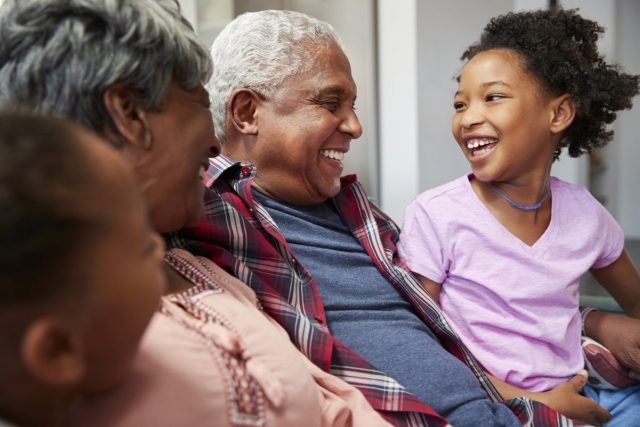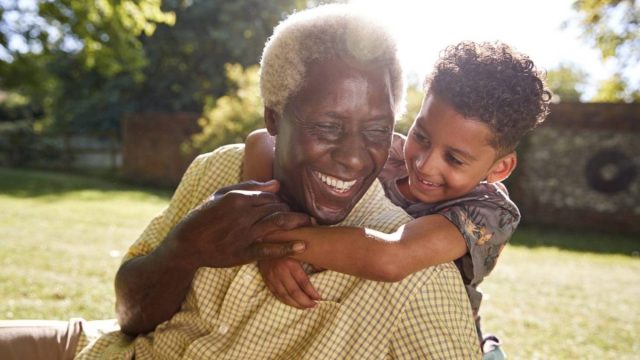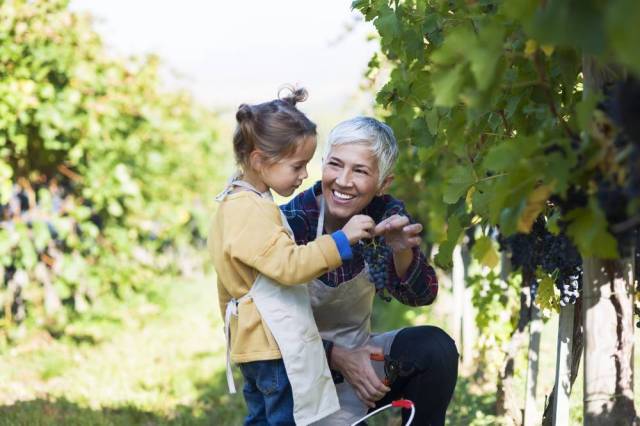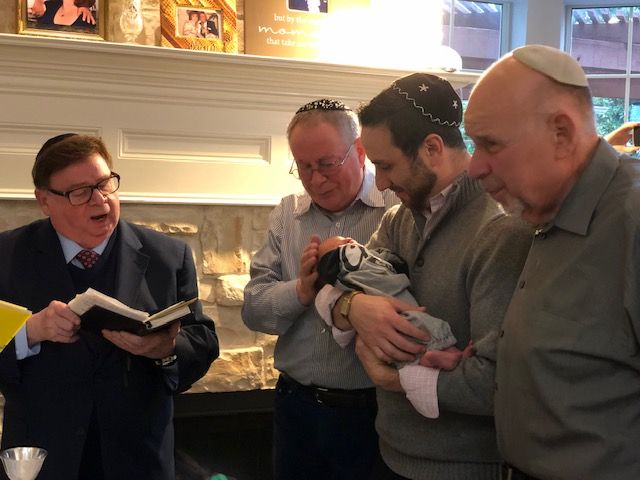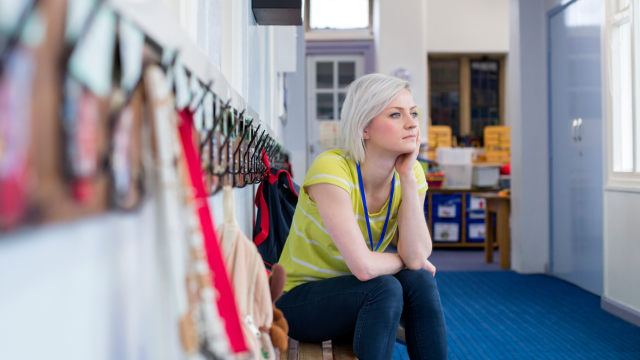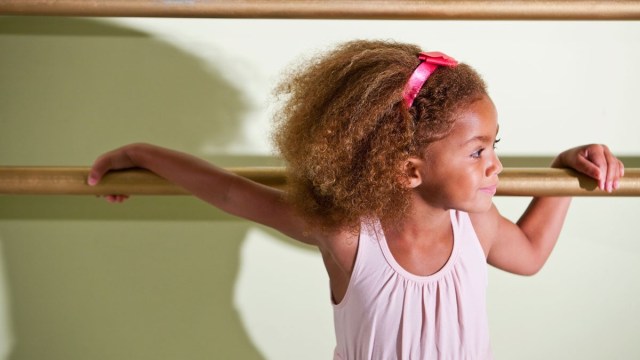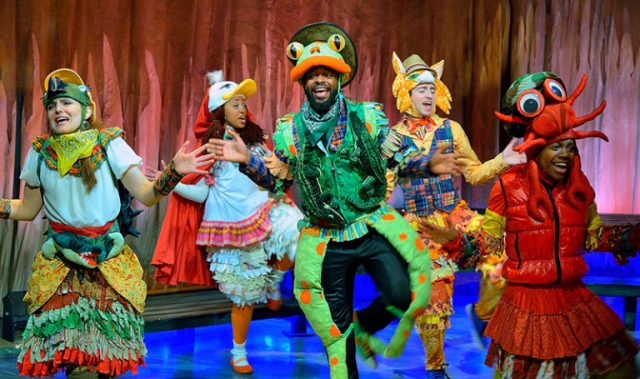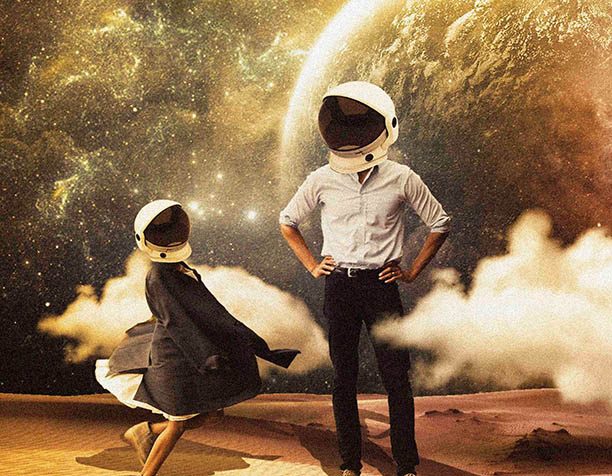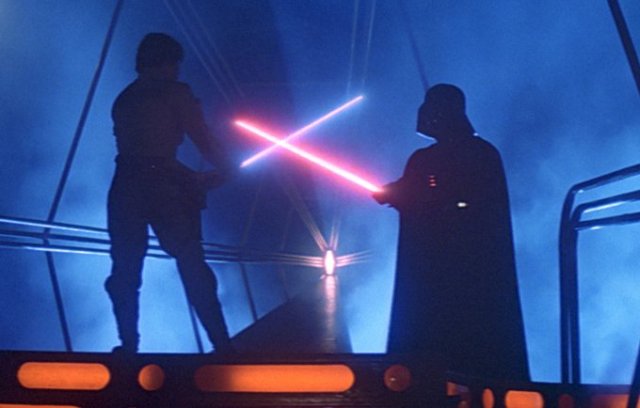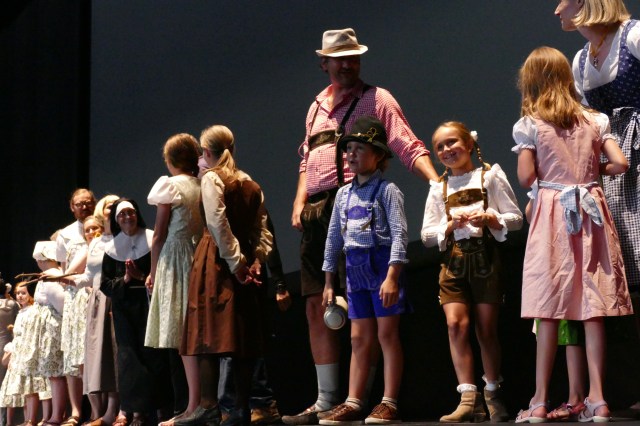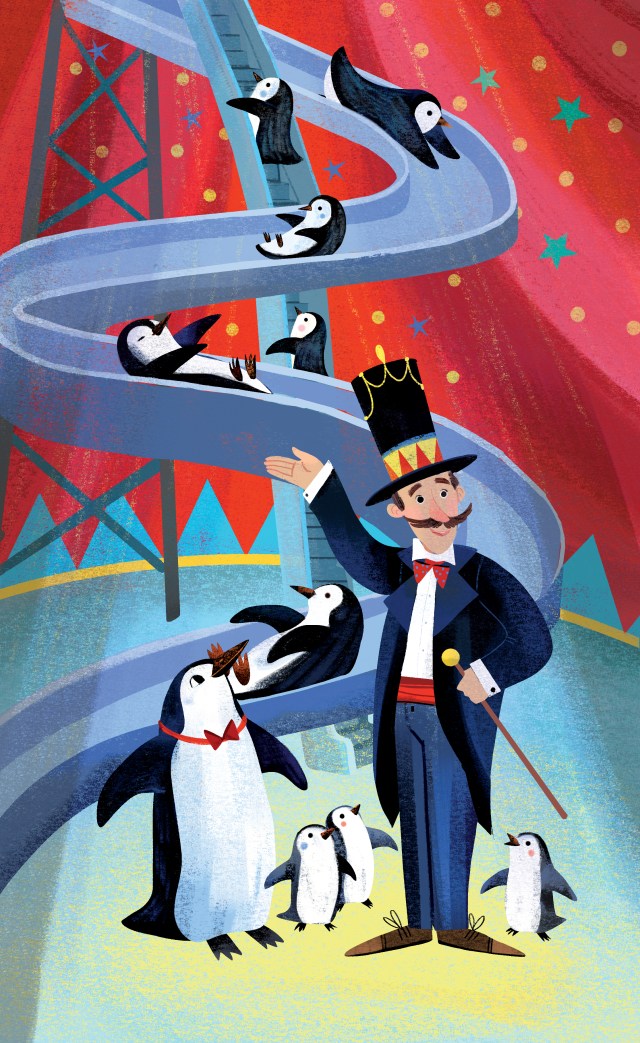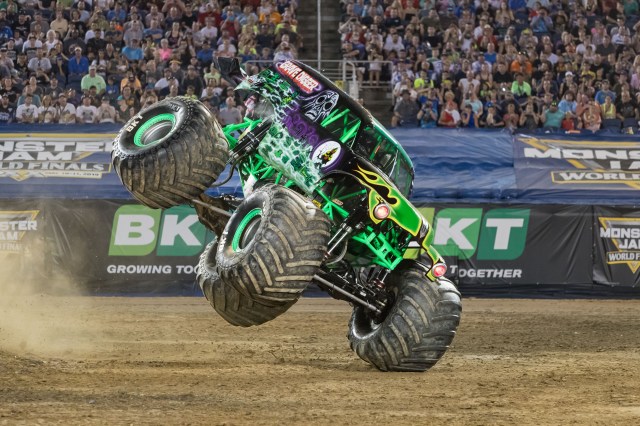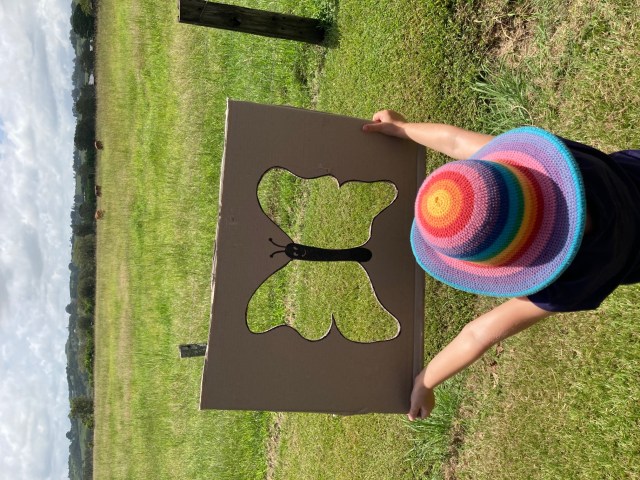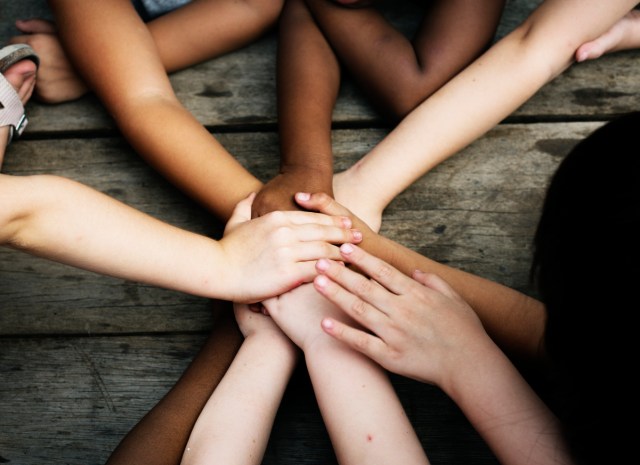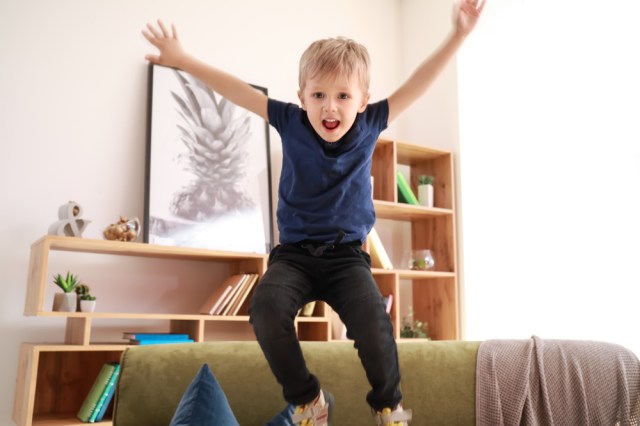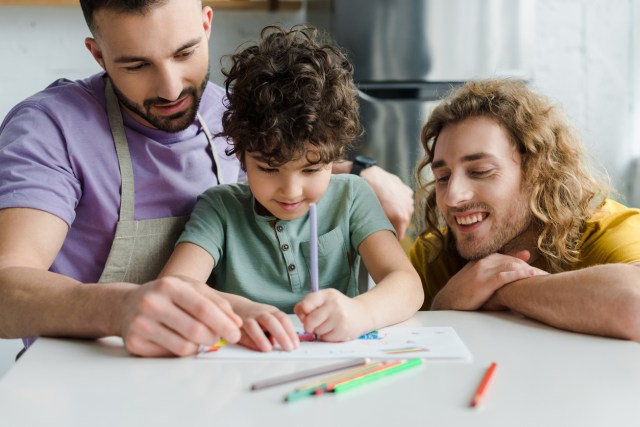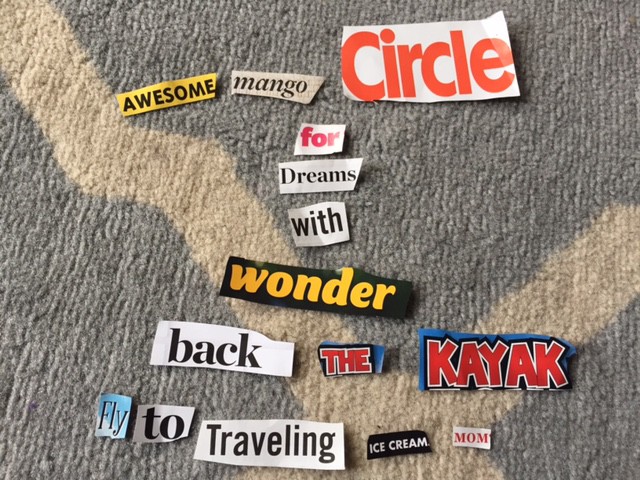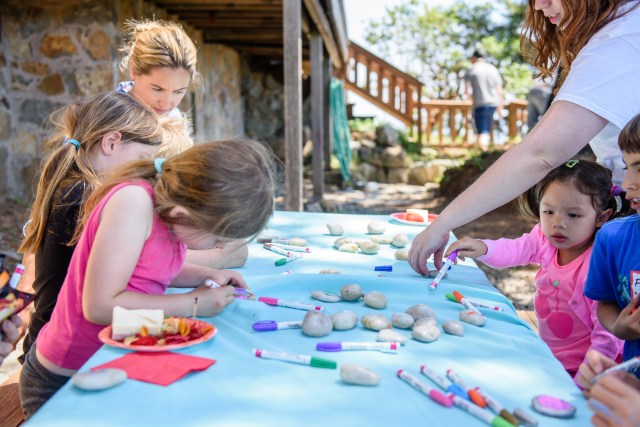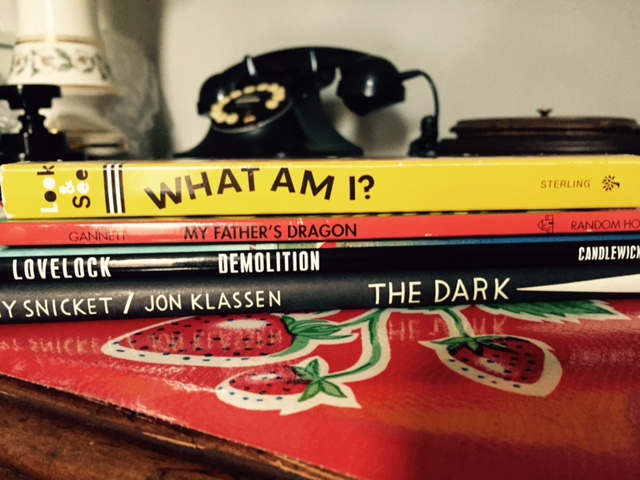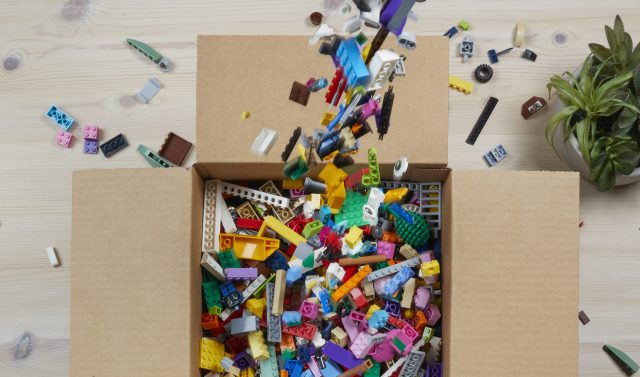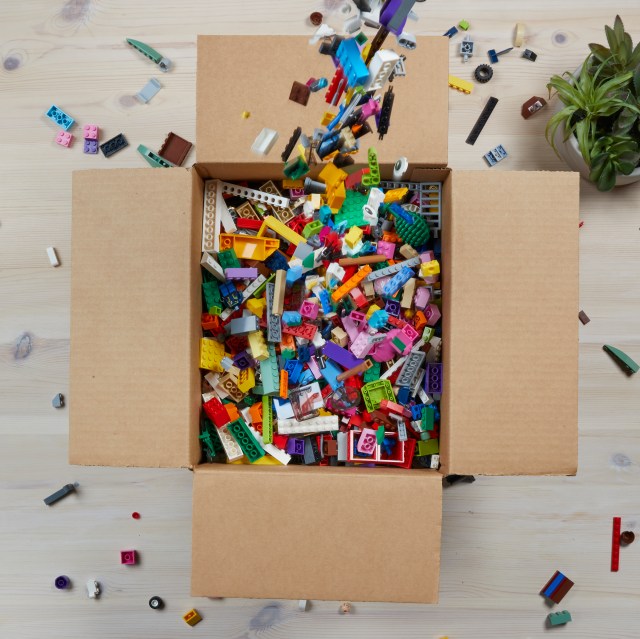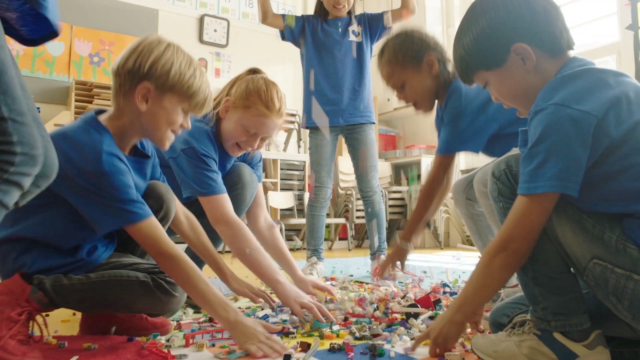In an increasingly global world, having the ability to connect across languages and cultures is a beautiful thing!
There is a belief that being bilingual can only be achieved if a child begins to speak two languages simultaneously. I disagree. It’s a myth that you can’t be bilingual past a certain age. Although the ideal is to start learning languages in parallel, you can be bilingual by learning later as well.
I’m a Hispanic-American mother who was born and raised bilingual in Spanish and English here in the United States, while my parents are South American natives who have been in this country for over 30 years. Over the years, I’ve learned that you can learn a language and be bilingual if you study it in the right way.
Any child can be bilingual. And bilingual people not only have the advantage of knowing how to speak in another language, with the benefits that will accrue to the professional level but psychologically as well. Bilingual children are more creative, develop their brains differently, and have higher self-esteem.
How to Learn to Be Bilingual in Spanish and English
A safe bet is a total immersion in the language. Courses spoken in Spanish make it easier for children to get used to listening to another language, phonetics, and expressions and associating it with people who always speak to them in that language.
Children don’t have to resist speaking in English. It Is normal if they wish to communicate in the language with which they feel more comfortable. Don’t pressure them. If children feel pressured, they’ll end up blocking the language, making it harder for them to enjoy learning. A common mistake parents make is to press without realizing it. The typical “Tell me something in Spanish” when they pick you up after school can potentially have a negative effect.
It bears repeating: if a child feels pressured, they’ll end up blocking the language, and it will be more difficult for them to enjoy learning and therefore to learn.
On the other hand, the brain needs time to be able to jump into speaking another language. It’s like math. A child can’t learn to add without knowing anything about numbers first. Trying to get him or her to speak a new language on the first day of class is like forcing a kid to do math with three-figure sums while they are still learning the basics of single digits numbers.
Parents need to understand that learning a language takes a while. The first six months to a year of a child’s life are “the period of silence,” a necessary time during which the child can’t speak any language, but his brain is working. One day, all of a sudden, they’ll start building sentences correctly! I was so excited when this first happened, but I digress!
Simple Things Parents Can Do to Introduce Spanish to Their Kids
- Watch TV and movies in Spanish: Many stations such as ABC, Netflix, and Disney have Spanish language options. Just change the language in the audio settings or switch to the dedicated Spanish language station. Movie night in Spanish can be fun for the whole family.
- Find bilingual books: We can instill a love of reading in another language using bilingual books adapted to their age. Some libraries also have audiobooks that can be listened to at home, in the car, or before bedtime.
- Find simple and fun activities to help reinforce learning: For example, if the school focuses on learning nouns for colors in Spanish, ask your child to call out the colors of buildings and signs on the way home.
- Download apps in another language that children can use: Always make sure they are age appropriate of course.
- Teach at Certain Times: Alternate between speaking English and Spanish on different days. These help keep the languages fresh and strengthen their ability to switch between languages once they grow older.
- Teach by Specific Themes: Use a certain language to talk about something in particular. For example, if there’s a favorite Spanish language series that has now been adopted, always discuss it in Spanish.
Children’s minds can absorb a great deal of information while they are young, and it’s the best time to teach them a new language. My husband speaks five languages, and I’m always jealous of his ability to connect to so many people and cultures in so many parts of the world. During increasingly polarized and divisive times, sharing culture and language can help bring us all closer together.
